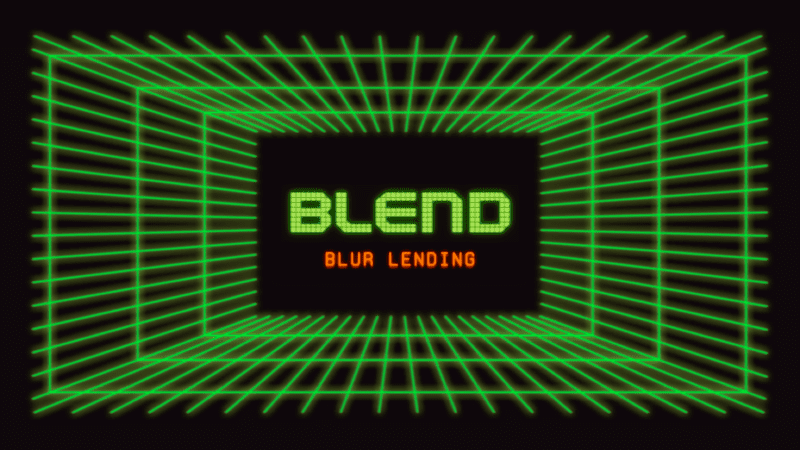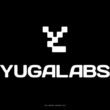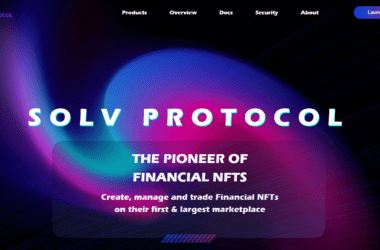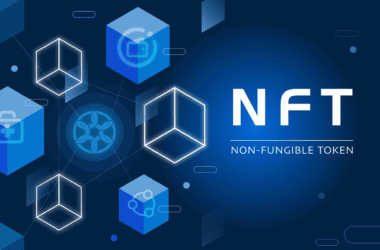Quick take:
- Blur has launched a new lending protocol called Blend.
- The protocol enables borrowers to use NFTs as collateral perpetually, allowing them to service the debt at their time of choosing.
- Lenders can auction the debt to another lender or liquidate the borrower if they need to.
Blur has launched Blend, a new lending protocol that allows borrowers to use non-fungible tokens (NFTs) as collateral indefinitely.
The peer-to-peer perpetual lending protocol does not impose term limits for loans, allowing borrowers to service the debt at their time of choosing.
However, should the lender choose to redeem his position, they can either auction the loan to another lender via the platform or liquidate the borrower, taking possession of the collateral.
According to a blog post published on Paradigm, the co-developers of the lending protocol, Blend uses an off-chain protocol to match users who want to borrow against their non-fungible collateral with whatever lender is willing to offer the most competitive rate.
By default, the loans are set to have fixed rates with no expiry dates, with protocol fees controlled by Blur.
With lenders allowed to exit positions through Dutch auctions, this allows Blend to implement infinite rollovers for as much as there is another lender on the platform willing to lend the given amount against the collateral.
On-chain transactions only come into effect in the event there is a change in interest rates, or if one party decides to exit the position.
Blend’s peer-to-peer lending platform differs from other lending protocols in a number of ways. According to the description provided by Paradigm, the protocol matches each loan individually, rather than pooling lenders’ funds together.
This allows it to permissionlessly support long-tail collateral, allowing lenders to participate in complex on- and off-chain protocols, evaluate risks, and use their own capital.
After the lender signs off a given amount of ETH they are willing to lend to NFT borrowers, the borrower browses the platform to find the available off-chain offers and choose a compatible one that matches the terms they’re interested in.
“They then create an on-chain transaction that fulfils the lender’s offer, put their NFT in a vault with a lien on it, and transfer the principal from the lender to themselves,” Paradigm wrote in the blog post describing the process.
Traditionally, if an expiration period for an NFT-backed loan reaches and the borrower is unable to repay, they lose their NFT regardless of whether it is worth more than the borrowed amount.
Blend allows borrowers to roll over the loan starting at a 0% interest rate, which increases with time. Once the interest rate reaches a level that a new lender is willing to lend, the new lender can accept by placing an offer on-chain. The new lender then pays the full amount owed to the old lender.
In the event the interest rate reaches 1,000% without attracting a new lender, the protocol renders the position insolvent or otherwise non-viable and liquidates the borrower. The lender can then send the transaction taking control of the collateral.
****
Stay up to date:
Subscribe to our newsletter using this link – we won’t spam!





